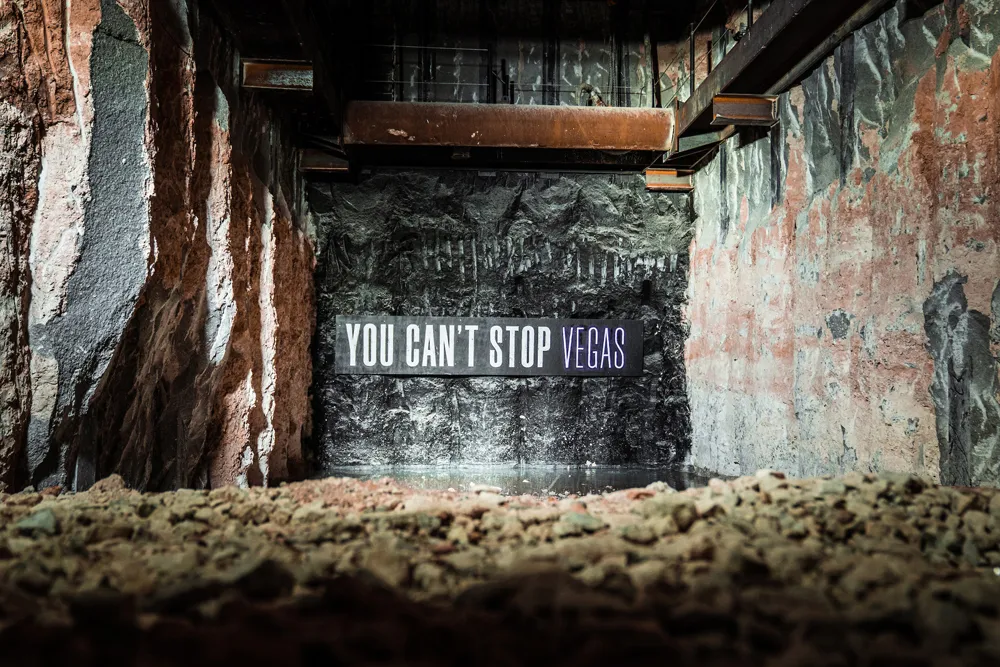Test World Oy is building a year-round winter test centre in Finland which will fulfil the needs and demands of vehicle and tyre manufacturers. The first phase of construction will start in next month and this part of the site will be in operation before the end of the year. The three-phase project, which will create a 30,000 m 2 test centre serving vehicle manufacturers and sub-contractors, will be completed by the end of 2015.
April 23, 2012
Read time: 2 mins
“The year-round winter test centre will remove one of the biggest bottlenecks in the development of vehicles: winter test dependence on the season and prevailing weather. We will be able to provide all the test conditions the automotive industry requires year-round,” said Test World's president and CEO Harri Eskelinen. “The project strengthens Ivalo’s position as the world’s best winter testing area and Test World's position as a leading expert in winter testing.”
Based in Inari, Test World Oy is a privately owned company specialising in vehicle and tyre testing. Its operations also cover type approval, product testing and certifications. The majority of operations are carried out in Ivalo in the winter where the company has its main office and two separate testing areas. The company also has operations in Helsinki where its type approval, product testing and certification units are located.










